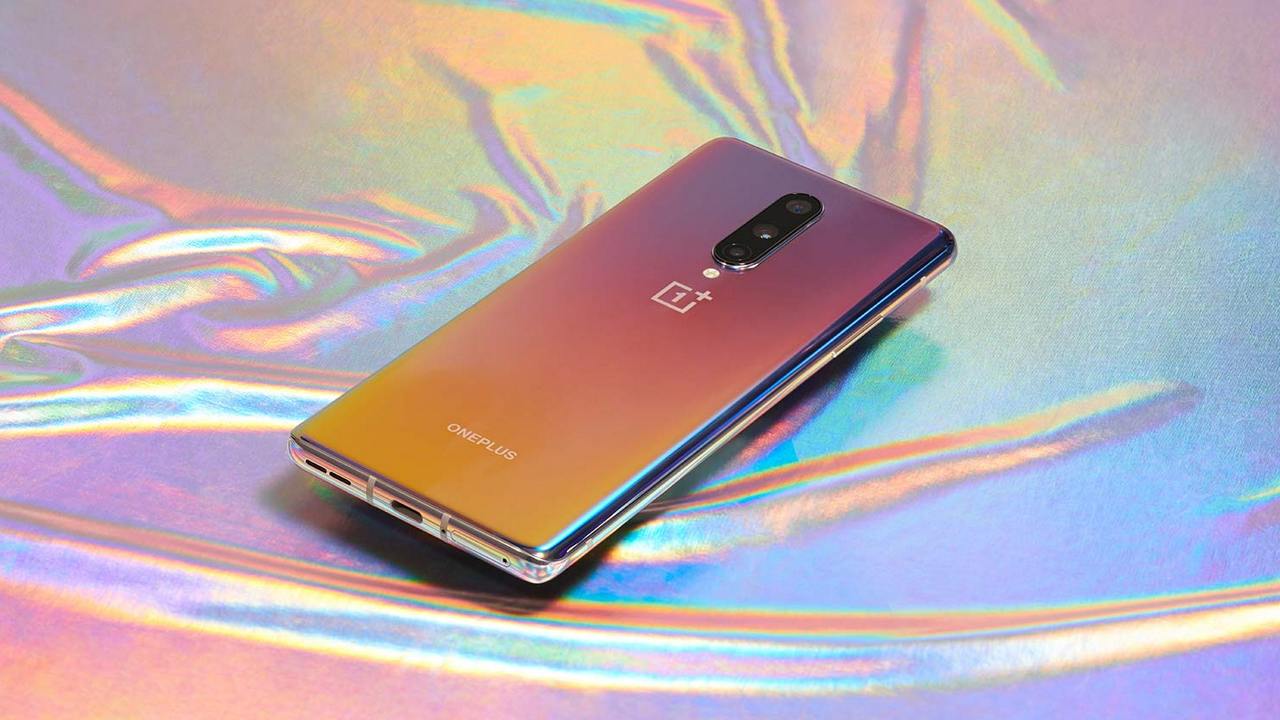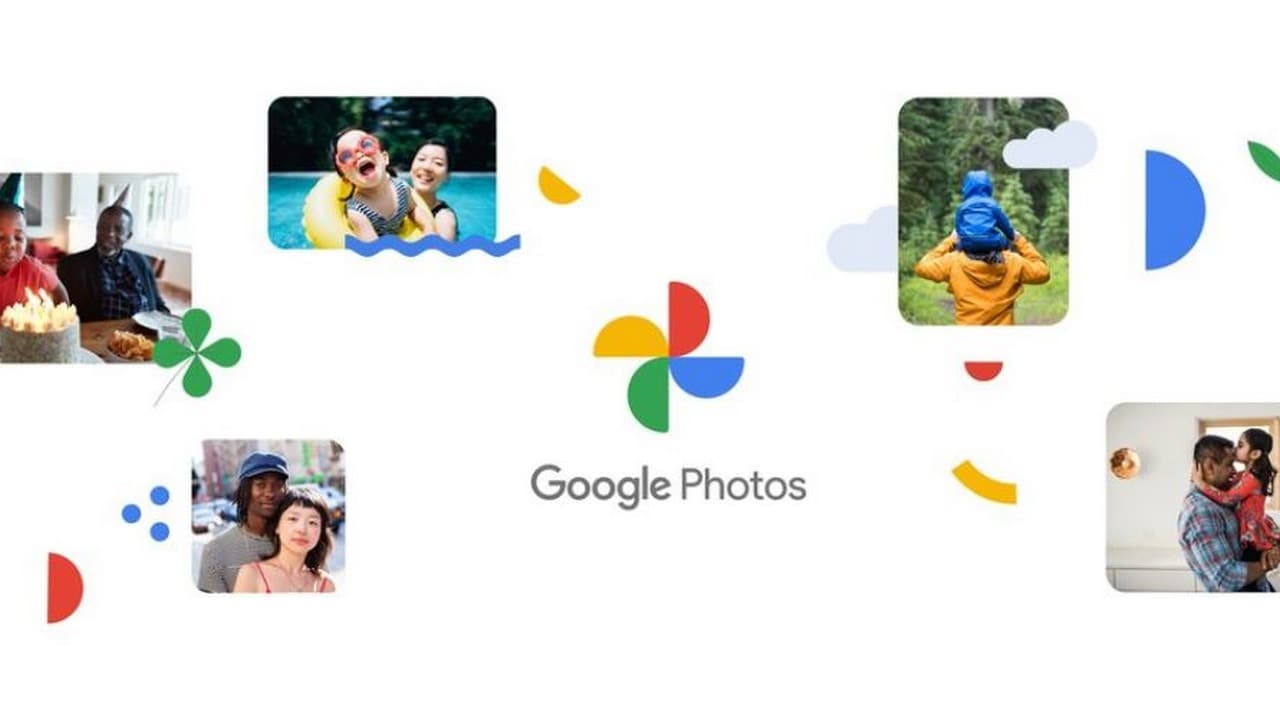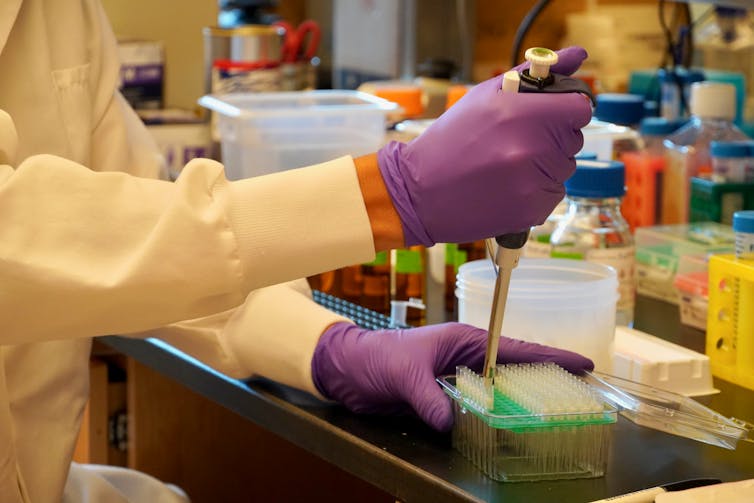FP StaffJun 30, 2020 01:28:12 IST
The Government of India on Monday banned 59 apps with Chinese links, including the hugely popular TikTok and UC Browser, saying they were prejudicial to sovereignty, integrity and security of the country.
The ban comes in the backdrop of the stand-off with China along the Line of Actual Control in Ladakh, and is also applicable for messaging app WeChat and online streaming app Bigo Live, CAM scanner, social media platforms like Helo and Likee as well as a host of status message apps and photo and video editing tools. The e-commerce platform Club Factory — whose ads in India featues actor Ranveer Singh — is also banned.
This marks India’s largest move against Chinese technology companies. Here’s the full list:
File Sharing apps
SHAREit: A cross-platform file sharing app, SHAREit allows one transfer video, music, files and apps from one device to another.
WeSync: Develped by Tencent, the app allows you to transfer files from an old phone to a new phone.
ES File Explorer: A tool for managing files and programs
Xender: A cross-platform file transfer and sharing app, it allows users to share files photos, music, videos, contacts and even apps without using mobile data.
Social media platforms
While TikTok is the most popular and well-known name among Chinese social media platform that stand banned from 29 June, there are several other lesser-known apps to have been included in the list.
Helo: A social media platform which claims to have over 5 crore users in India. The app is available in 14 Indian languages and allows you to share videos, images, WhatsApp jokes, etc.
Likee: A video creation and sharing platform, Likee (formerly LIKE) allows one to add special effects to videos. Offered by BIGO Technology Pte Ltd, the app comes with in-app purchases and has over 500,000,000 downloads so far.
Weibo: A Chinese version of Twitter, the microblogging site allows one to share information as well as voice opinions on social issues but under news censorship.
Vigo Video: A short video social network, which allows one to share daily lives with their friends, family, and other users from all over the world.
Bigo Live: A live streaming app, Bigo Live allows users to build a fanbase, live talk with friends and share live feeds with people across the world. The app claims to be present in over 150 countries with over 200 million users worldwide.
Also banned are: Xiaomi’s MI Community and Mi Video Call app, and social media and messaging apps like We Meet and WeChat.
Web browsers
Among the apps banned include web browsers, which promise fast browsing by compressing websites, and thus consuming lesser mobile data, but also claim to provide security and privacy on the Web. Though the latter claim is not proven, some of the browsers with a China connection banned include the very popular UC Browser.
Other browsers include: Kwai, CM Browsr, APUS Browser and DU Browser.
Utility apps
Utility apps like file cleaners, file vaults, antiviruses and privacy tools make up the largest chunk of apps placed in the banned list updated on Monday.
CAM Scanner: Perhaps the most popular utility app in the list, CAM Scanner has over 10 crore downloads, and is used widely in India. According an article in The Asian Age published in January 2020, nearly 7.6% of India’s population uses the software to scan documents, IDs, files, receipts, and other items.
Virus Cleaner: With over 10,000,000 downloads, the app is an all-in-one free antivirus engine which also offers features like phone junk cleaner, WIFI security, super speed booster, battery saver, CPU cooler and notification cleaner. The app is developed by Super Cleaner Studio.
Tencent apps: The list of banned apps include six apps developed by Chinese tech giant Tencent Technology such as QQ International, QQ Security Center, QQ Launcher, QQ Mail, QQ Music, QQ Newsfeed and QQ Player.
DU apps: Several apps developed by DU App Studio such as Cache Cleaner DU App studio, DU Cleaner, DU Battery Saver and DU Privacy, DU Recorder are also in the banned list.
Also banned are Mail Master and Vault- Hide and Cheetah Mobile’s Clean Master.
Fashion and e-commerce
Club Factory: With Indian actor Ranveer Singh featuring in one of its ads on the Google Play Store, the app promises the best discounts that one can get.
There are several other shopping apps that have found their way into the banned list such as Shein (apparel store) and ROMWE (women lookbook and apparel store), among others.
News apps
NewsDog: A news aggregator, NewsDog claims to be the best news app in India with “CAA protests news, interesting videos as well as CAA_NRC news” as one of its main attractions. Also offered are breaking news and alerts on politics, cricket, tech, business and more.
Other news apps in the list are: UC News and QQ Newsfeed.
Games
Clash of Kings: A multiplayer online strategy game, developed by Elex Tech in 2014, the app has been downloaded over 50,000,000+ times since then and is available on both the Google Play Store as well as the App Store.
Hago Play With New Friends: A mobile game platform which allows you to play a variety of games offered through the platform and at the same time connect with other Hago users through chatrooms. The app has 100,000,000+ downloads on the Google Play Store.
Mobile Legends: A Multiplayer Online Battle Arena, Mobile Legends allows you to create your own heroes and challenge other users on the platform. The game is developed and published by Moontoon.
Multimedia tools
Another large group of apps that are part of the banned list include photo and video editing tools, status message downloaders, DP editors and selfie camera apps.
Meitu: A free photo editing tool that allows one to enhance photos right from selfies, to food, to your pet photos.
SelfieCity: Developed by Meitu, Selfie City allows you to improve selfies using special effects and filters.
New Video Status: There are many apps by this name, which offer free status video and text status messages as well as DPs and meme downloads.
V fly Status Video: A free WhatsApp status maker, the app allows you to download videos status messages an share them with your friends.
Photo Wonder: A photo editing and special effects app.
VMate: A short video editor and video sharing community, VMate calls itself India’s top free video maker app. The app has 100,000,000+ plus downloads on the Google Play Store.
U Video: Another video status message app directed at WhatsApp users. It allows you to download free video status messages.
Sweet Selfie: A photo editing-cum-beauty camera app, Sweet Selfie allows you to add special effects to one’s selfies.
Wonder Camera: Another photo editing tool that comes with built-in tools to lighten skin colour and filters.
Viva Video – QU Video Inc: A professional yet free video editing tool, Viva Video allows you to cut, trim crop and merge video. It also allows one edit videos for YouTube, and text.
Beauty Plus: A free photo editing tool with special effects and filters.
YouCam Makeup: A makeup and selfie camera app, it allows you to enhance selfies.
Others
Baidu: Though the list doesn’t clarify specially, it’s most likely speaking about China’s largest search engine Baidu.
Baidu Translate: A Chinese translation app developed by Baidu.
Parallel Space: This app allows one to clone and run multiple accounts of the same app simultaneously, and use themes to style your unique space.



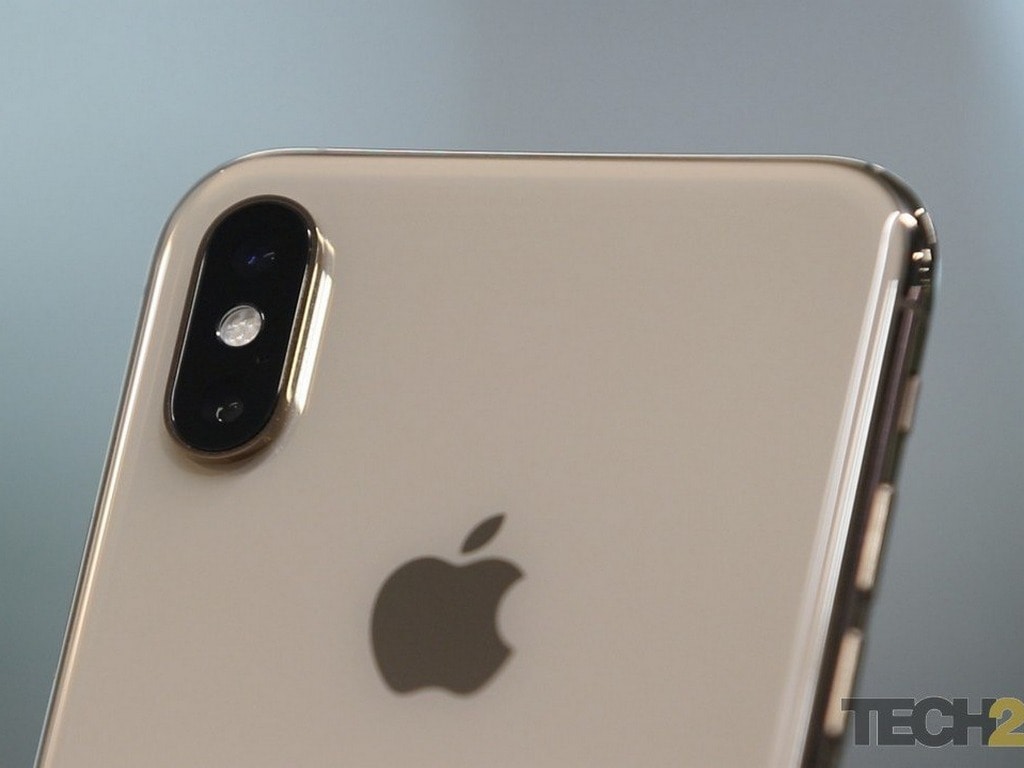







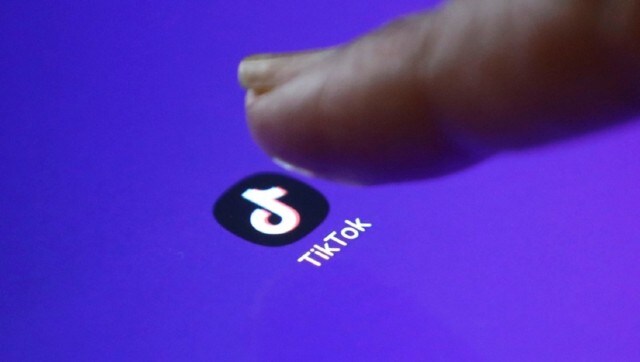

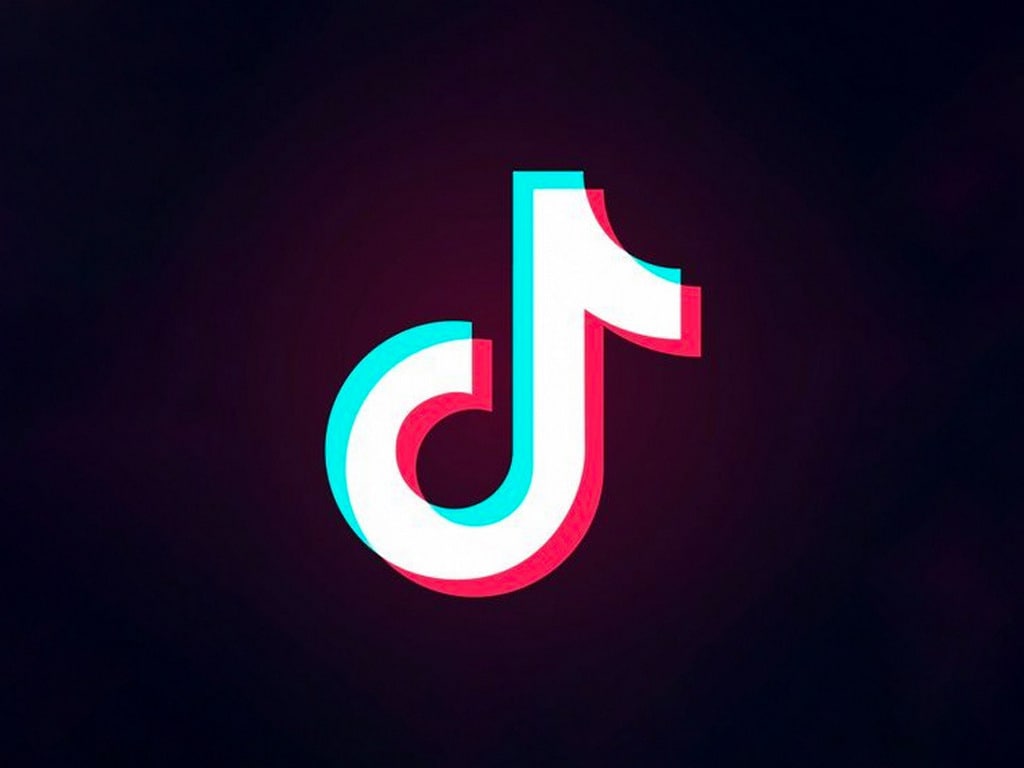
 including
including  Here’s the list
Here’s the list


